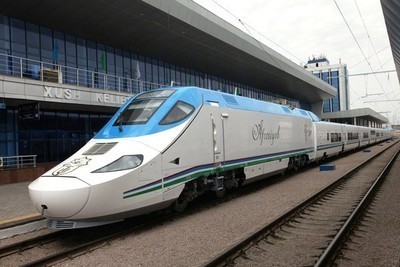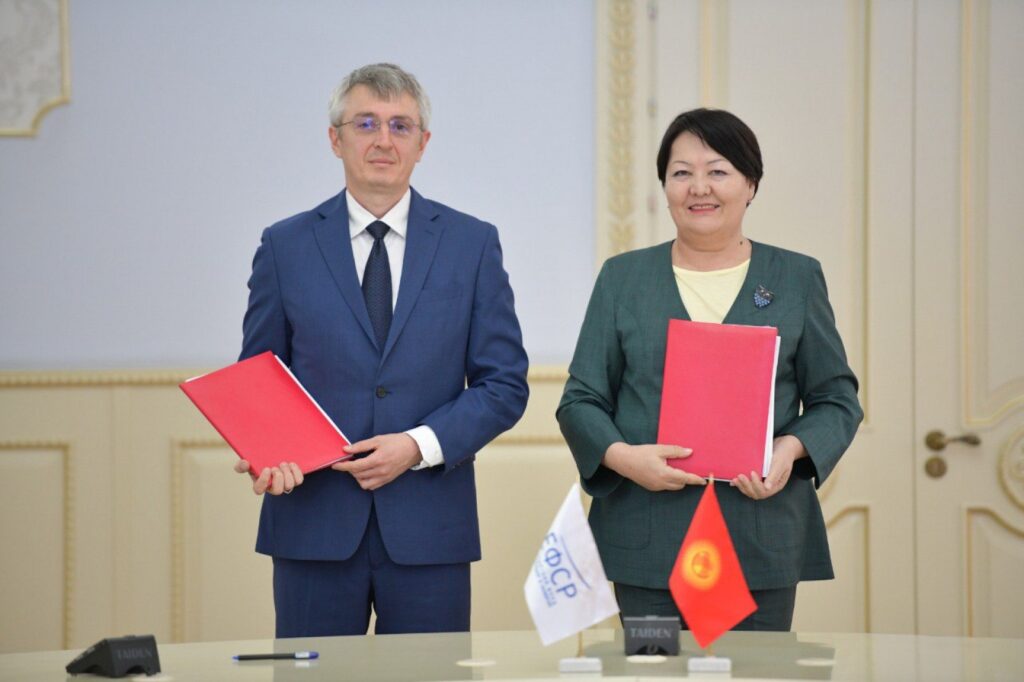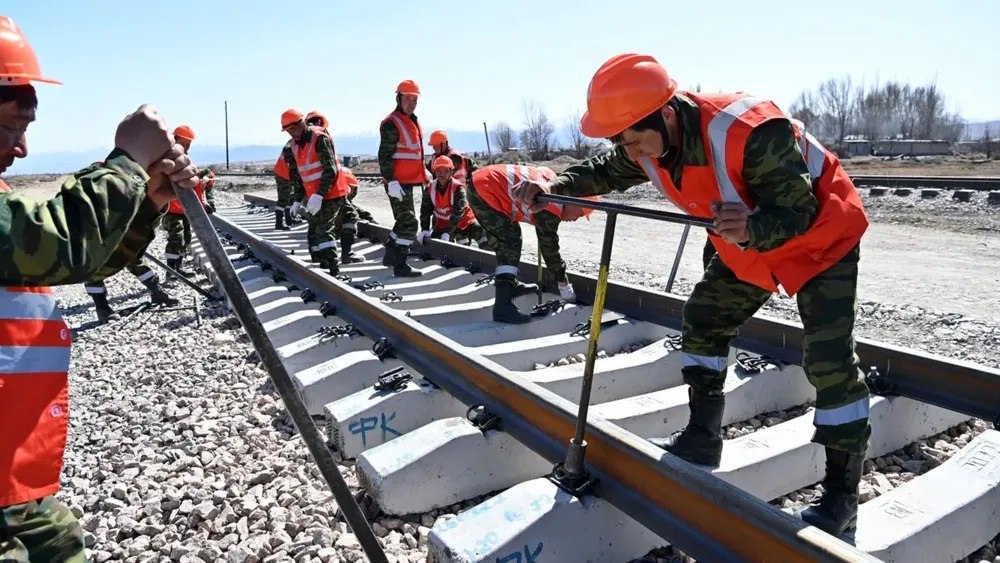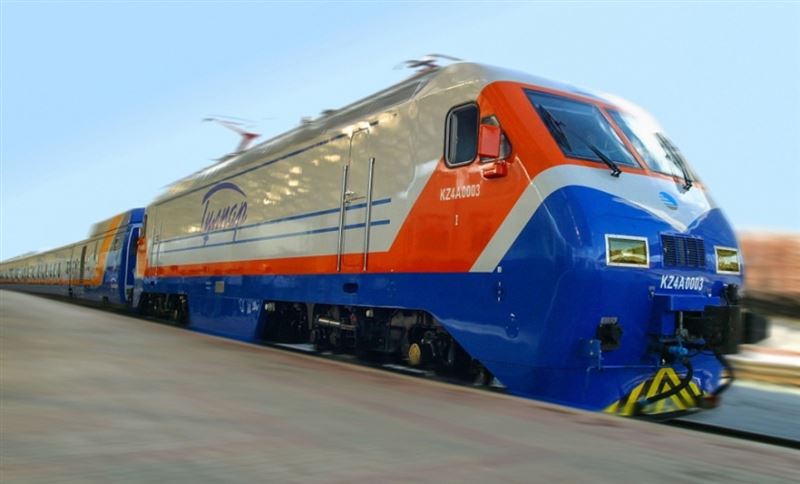TASHKENT (TCA) — Uzbekistan is completing a project aimed at launching a new high speed rail route between the capital, Tashkent, and ancient Silk-Road city of Bukhara, the Jahon information agency reports.
As part of the project, a new rail line, Marakand-Navoi, spanning for 140.2 km was built from the beginning of the year. Now the railroad line from Navoi to Bukhara has been adapted to the movement of 160 km per hour speed, and more than 220 different facilities – pedestrian crossings, overpasses, bridges and stations – have been built.
The total cost of construction of the line has exceeded $400 million. After the line is launched, the time of delivery of passengers and cargo will be reduced from 7 hours to 3.5 hours, while operating expenses will be cut by almost 30 percent.
To ensure effective use of the route, the Uzbekistan Railroads company signed a contract with the Spanish company Talgo. The contract will pave way for the purchase of four locomotives and 20 passenger cars as well as two dining cars. These will be made into two rolling stocks, each of which will carry up to 287 passengers.
Eighteen passenger cars and four locomotives by Talgo are already being used in Uzbekistan. They serve passengers traveling from Tashkent to Karshi.
Currently, Uzbekistan ranks 17th among countries with the most developed high-speed railroads, according to GoEuro. According to the rating, the record speed of high-speed trains is 255 km per hour while operational speed is 250 km per hour. High-speed transportation accounts for 8.2 percent of the country’s railroad infrastructure.









